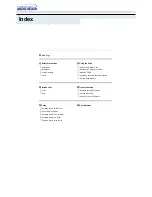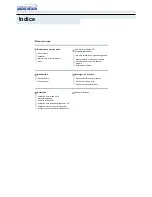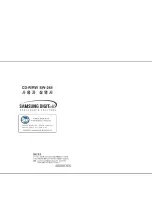
AGL-STOV0-01SV0-05
06/12
13
4
Information of Risk Analysis and Risk Assessment
According to the Machinery Directive 2006/42/EC, the manufacturer of a machine is
obliged to carry out a risk analysis in order to identify the hazards related to the ma-
chine.
The Standard EN 12100 – Safety of machinery - General principles for design - Risk
assessment and risk reduction describes the information required for risk assessment.
Risk assessment is effected according to the following criteria:
−
degree of injury (serious/minor)
−
frequency or duration of stay (frequent/seldom)
−
possibilities of avoidance (hardly possible/possible)
For defined risks the Standards EN ISO 13849-1, IEC 61508 or EN 954-1 can be used
to accomplish a correct classification into Safety category, SIL (Safety Integrated
Level) or PL (Performance Level). These standards contain design principles for safe-
ty-relevant parts of control systems.
In the case of the safety function “Safe Torque Off”, the risk assessment must con-
sider the fact that the motor will coast to a standstill in the case of an error. Depend-
ing on the application, a mechanical brake may be required.
Responsibility:
The Manufacturer shall be responsible for the safety of the machine.
−
risk analysis of hazards originating from the machine
−
measures for reduction and elimination of the risks
−
documentation of residual risk from the point of view of the manufacturer
−
selection of suitable controller, installation of protective equipment, ergonomics,
documentation, warning of remaining risks
The operator of the machine is responsible for the safety of the application.
−
risk analysis of hazards originating from the use of the machine
−
documentation of residual risk from the point of view of the operator
−
safe operation and protection of operating staff (barriers, instruction of operating
staff, etc.)
Selection of safety function:
−
Risk analysis and risk assessment for machine (EN 12100)
−
Risk reduction by machine design
−
If not possible by design: risk reduction by protective equipment
−
Identification of safety requirements
−
Selection of category of safety function














































